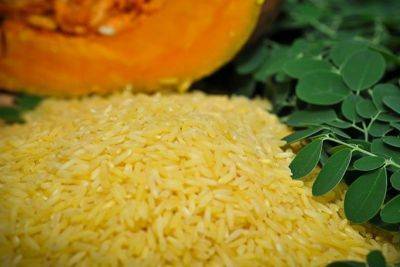EDITORIAL — Rice sufficiency
Once again, rice prices accounted for a substantial percentage of the food-fueled increase in the inflation rate last month. From 3.4 percent in February, the inflation rate accelerated to 3.7 percent, driven by food and non-alcoholic beverages, whose prices rose to 5.6 percent in March from 4.6 the previous month.
Food inflation climbed to 5.7 percent from the 4.8 percent in February – the highest since the 5.8 percent recorded in November last year. Rice inflation rose to 24.4 percent from 23.7 – the fastest since the 24.6 percent in February 2009. Rice prices rose across all classifications year-on-year and month-on-month, according to National Statistician Dennis Mapa. While rice prices may soften by August, its inflation rate is likely to remain double-digit, Mapa said last Friday.
The latest inflation figures were announced as Pulse Asia released the results of its latest survey on Filipinos’ concerns. As in previous polls, inflation topped the list. Food inflation is a sensitive issue particularly for President Marcos, who served for over a year as concurrent secretary of agriculture, and who rose to power on a campaign platform of bringing rice prices down to P20 per kilo. To this day, not even the heavily subsidized Kadiwa outlets can afford to sell rice at P20 a kilo.
The government may want to seriously consider an idea that emerged at the recent food summit in Nueva Ecija. Officials of the Philippine Rice Research Institute said the country could become 95 percent rice-sufficient by 2028 through the use of hybrid and inbred varieties. The PhilRice projection is slightly lower than the President’s hoped-for 97.5 percent rice sufficiency by the end of his term, and less optimistic than the projection of the National Irrigation Authority.
NIA Administrator Eduardo Guillen had said last February that rice sufficiency is possible by 2028 through the expansion of irrigation facilities including the construction of more dams. Farmers’ group Samahang Industriya ng Agrikultura executive director Jayson Cainglet doubted this, noting similar promises made by previous NIA administrations.
It will be up to the Marcos administration to show that it matches words







